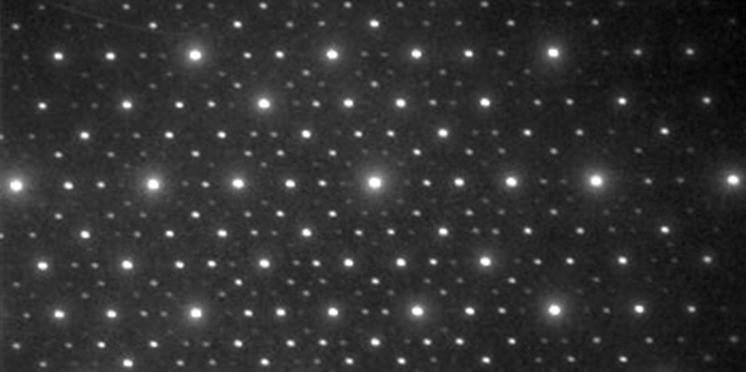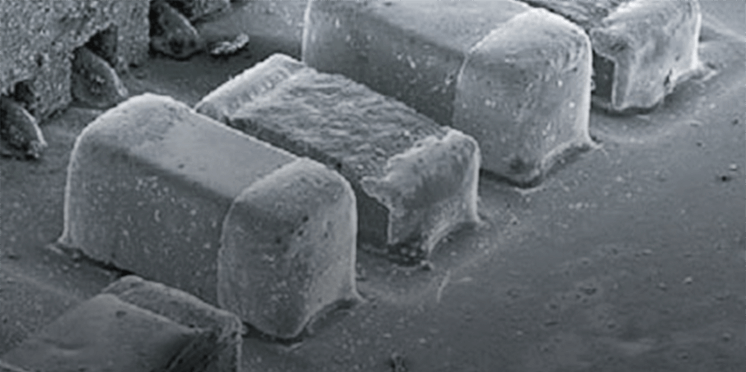加圧凍結法
加圧凍結法
high pressure freezing
[目次:試料等(試料および試料作製)]
急速凍結固定法の一種で、生体の組織や細胞、細菌などの試料を固定する方法である。試料を凍結する際に2,000気圧程度の圧力をかけることで、水の融点が下がり(2,000気圧で-20 ℃程度) 粘性が上がるため、組織の破壊の原因となる氷晶の形成が抑えられる。大気圧下での凍結に比べ、数十倍の深度(200 μm程度)で一様な非晶質氷の凍結を行うことができる。凍結後の試料を電顕観察する際には、(1)そのまま凍結切片を作製する場合や、(2)凍結置換法を行った後に試料を室温まで戻し、樹脂包埋後、超薄切片を作製する場合や、(3)凍結割断法によりレプリカを作製する場合がある。
High pressure freezing, one of rapid freeze fixation techniques, is to fix biological specimens such as biological tissues, biological cells and bacteria. Rapid freezing under an about 2000 atm suppresses formation of ice crystals, which give rise to the destruction of the tissues, by decreasing the melting point of water by about -20 °C and increasing its viscosity. This technique provides a uniform freezing under amorphous ice with a depth more than one order of magnitude larger (about 200 μm) compared with the freezing depth at the atmospheric pressure. Specimen preparation for TEM observation of the frozen specimen is carried out by one of the following three procedures. (1) Applying freeze sectioning to the specimen, (2) Applying resin embedding and ultrathin sectioning to the specimen after the specimen is subject to freeze substitution and is returned to room temperature, and (3) Making a replica of the specimen by freeze fracturing.
関連用語から探す
説明に「加圧凍結法」が含まれている用語






